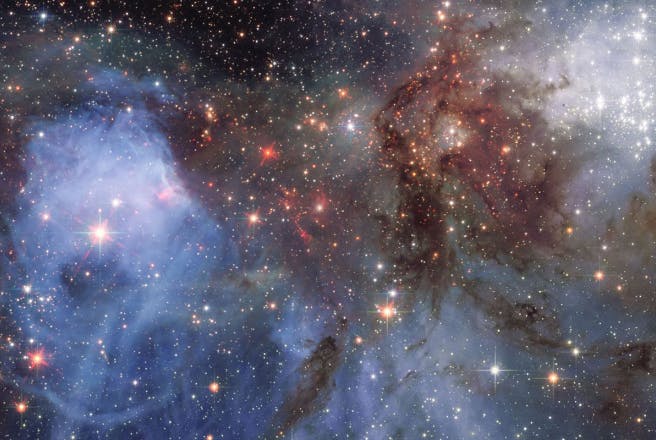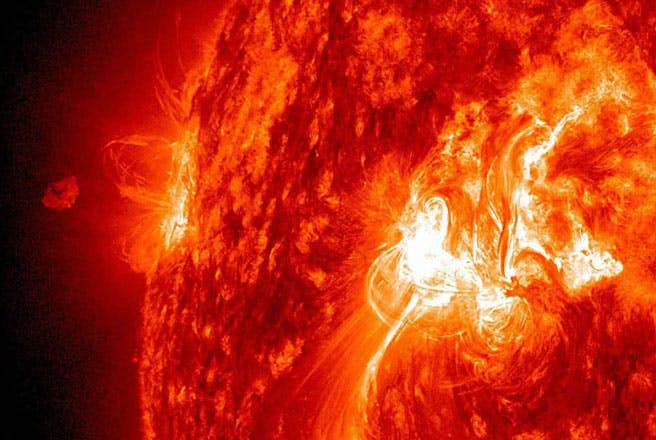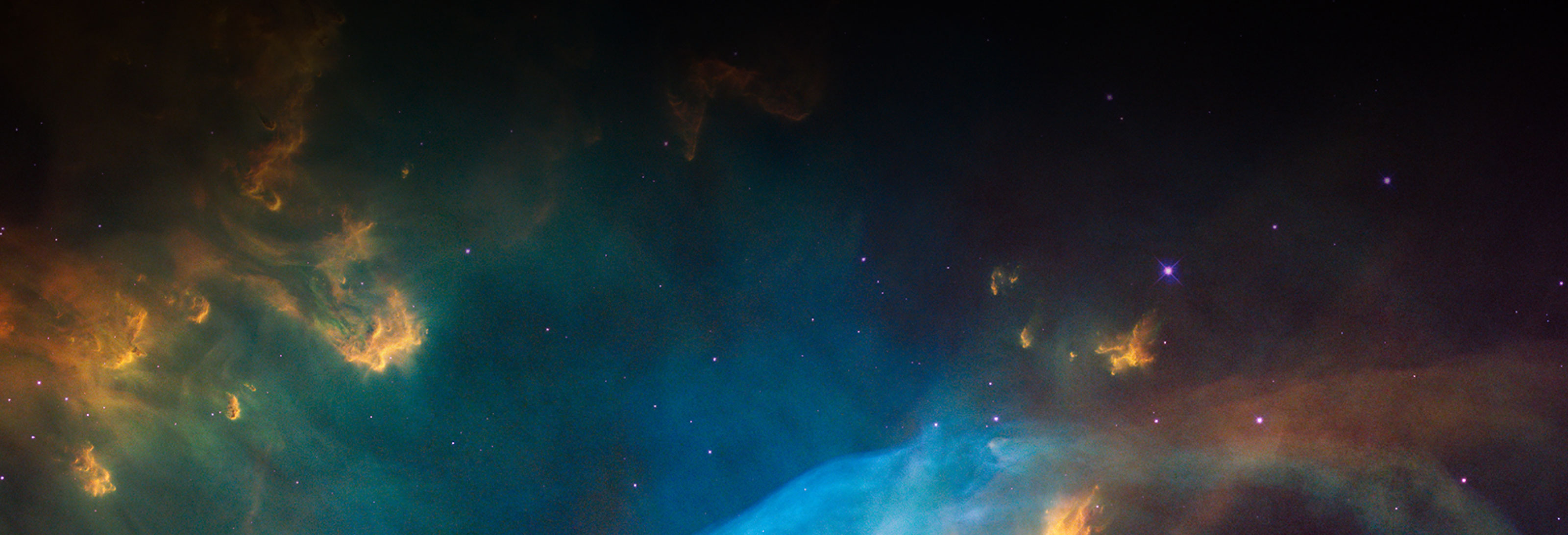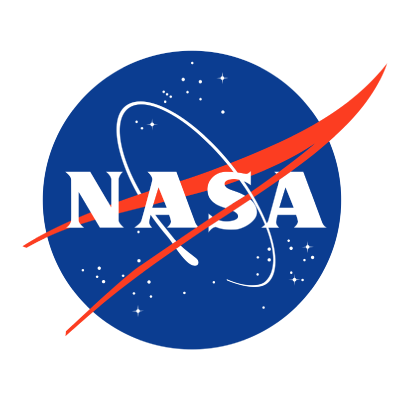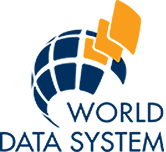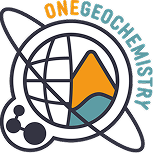
Hayabusa
The Astromat Synthesis contains sample analytical data from the Hayabusa mission, the first sample return mission of JAXA, to collect samples from asteroid Itokawa. NASA was allocated approximately 10% of the returned sample for its support of the mission.
The sample analytical data from NASA's Hayabusa allocation is included in Astromat's Synthesis database. Additional sample data from the mission samples are ingested into the Synthesis by Astromat Data Managers as new publications are released.

